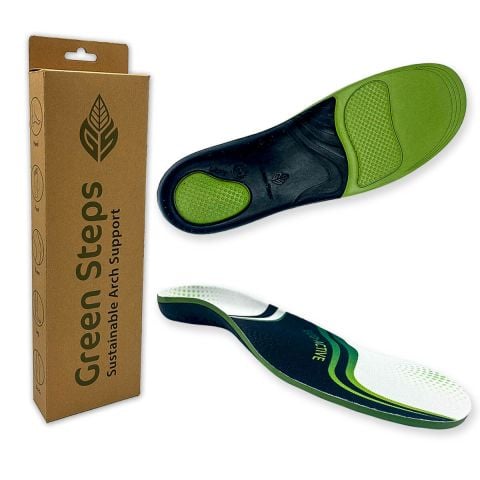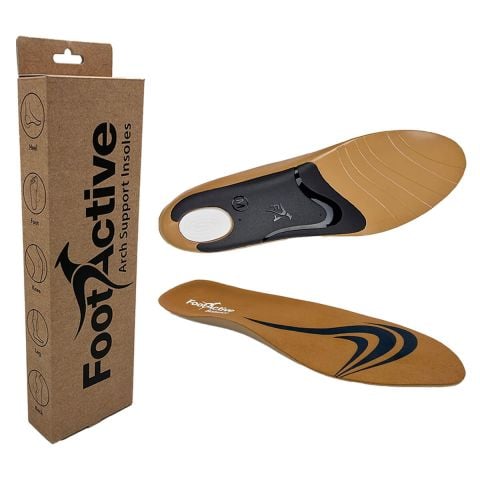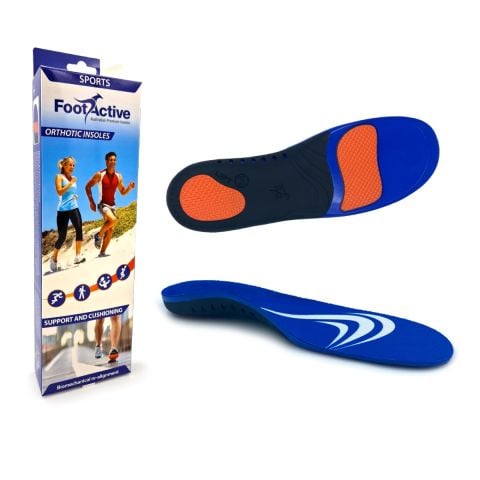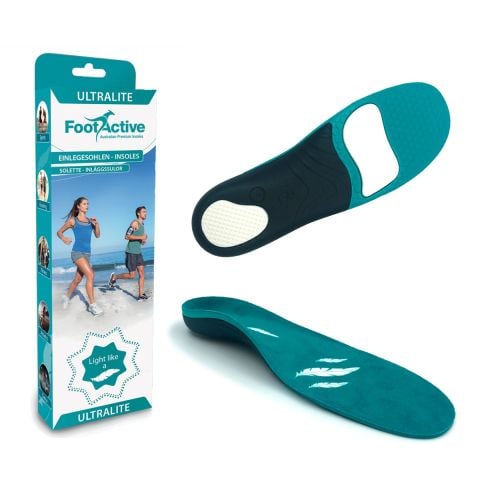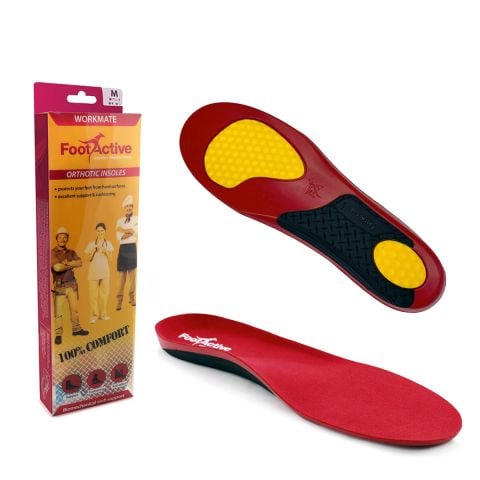Different Types of Ankle Bone Pain
Ankle bone pain is a common foot complaint as our ankles are consistently working to help support the body in all manner of activities. Generally, there are two types of ankle pain: acute ankle pain and chronic ankle pain.
- Acute ankle bone pain is usually a result of trauma or injury. One of the most common injuries in the foot is a sprained ankle. It is an injury that is most often suffered while playing sports (e.g. football, basketball, tennis) or during running or athletics. It occurs because the ankle twists, causing damage to the ligaments and tissue surrounding the ankle. Although quite painful, an ankle sprain will typically heal itself within a matter of weeks by simply resting the foot.
- Chronic ankle instability on the other hand is a long-term foot complaint. Severe ankle pain is experienced either on the inside of the ankle (medial ankle pain) or on the outside (lateral ankle pain). This can make general mobility difficult without adequate ankle pain relief.
Medial Ankle Pain
Medial ankle bone pain can be caused by stress on the tendons and nerves passing through the ankle region.
- Pain occurs on weight-bearing and worsens with intense activity, such as running and sports.
- Sometimes a sharp ankle bone pain is felt, radiating into the arch of the foot.
- Typically, medial ankle pain causes come from too much exercise (overuse injury) and/or over-pronation.
Lateral Ankle Pain
Lateral ankle pain occurs on the outside of the ankle and can feel worse during any form of movement.
- Lateral ankle pain can be felt through walking, running and exercise
- Often caused by compression of the soft tissue (tendons and ligaments) that wrap around the outside of the ankle
- It occurs as a result of poor foot mechanics, i.e. excessive pronation.
Pronation and Supination – Severe Ankle Pain Causes
Pronation and supination are both natural motions and play an important role in our gait (manner of walking):
- Pronation (rolling in) acts as a shock-absorbing process
- Supination (rolling out) helps to propel our feet forward.
Unfortunately, most people suffer from over-pronation, or "excessive pronation" which can lead to severe ankle pain if left untreated.
- Over-pronation occurs when we pronate too deep and for too long, not giving the foot a chance to 'recover' and supinate.
- As a result, over-pronation hampers normal foot biomechanics and puts excess force and stress on the joints and ligaments in the foot and ankle.
- Excessive pronation forces the talus bone to abnormally sit in the joint space.
- Over time this will cause a premature erosion of the articular cartilage, in the same manner that unbalanced tyres on a car will cause premature damage to the tread of the tyres.
- Over-pronation can cause compression of the ligaments around the ankle joint, causing chronic ankle pain and discomfort.
Ankle Pain Relief - Treatment For Ankle Bone Pain
A simple solution that provides sufficient pain relief is the use of orthotics for ankle pain. These are shoe inserts for ankle support, designed to change the function and biomechanics of the foot and ankle.
- Foot orthotics can help relieve foot and ankle pain by improving the alignment of the lower limb.
- They provide stability and cushioning at the same time.
- Orthotics can be custom-made by a podiatrist, or in many cases, pre-made orthotics for ankle pain are used.
- Pre-made orthotics can be equally effective in the treatment of chronic ankle pain or foot complaints but are a fraction of the cost of custom orthotics.
At FootActive, we provide pre-made orthotic insoles designed to prevent over-pronation and re-align the lower limb. By correcting any abnormal foot biomechanics, FootActive orthotics reduce unnatural friction and pressure in the ankle joint, thereby preventing excessive erosion of the articulate cartilage as well as compression of the soft tissue around the ankle joint.
If you suffer from ankle bone pain or have other related issues such as heel pain, knee pain or other general foot pain, we can help. If you need any help or advice, please get in touch and we’ll help to match the right products to your foot or leg issue and provide our expertise.
Ankle Pain FAQs
What Causes Pain in the Ankle Without Injury?
If you are experiencing sudden ankle pain and haven’t had an injury you are aware of, there are several possible causes for the pain. These could include Arthritis, autoimmune conditions such as Lupus or Rheumatoid Arthritis, or simply foot alignment issues including flat feet and fallen arches.
How Long Does Ankle Pain Last?
Like any injury or sprain, how long you suffer with ankle pain will vary between individuals depending on how you treat and rest your ankle. On its own, ankle pain should feel better within a couple of weeks, but this is as long as you avoid strenuous exercise and do not damage any ligaments further.
When should I be concerned about ankle pain?
If you are experiencing ankle pain that is preventing you from going about daily activities, or if you have tried ankle pain insoles and the pain is still consistent or worsening, we would recommend seeking advice from a medical professional.
Do Orthotic Insoles Help with Ankle Pain?
Yes, orthotic insoles work for relieving ankle pain. It is, however, important to find the best insoles for ankle pain in order to provide enough support to reduce pressure on the foot that is causing pain. FootActive’s tried and tested arch support insoles provide relief for a range of food conditions, including ankle pain.
Is Ankle Pain Gout?
Ankle pain and gout are both separate foot conditions, but if you have gout this can develop on any joint including the ankle. Gout is a form of arthritis that commonly affects the big toe but can lead to severe pain in other joints such as knees, hands, and feet. If you have other symptoms aside from ankle bone pain, this could indicate you have gout.
Can Ankle Pain Cause Knee Pain?
If you have ankle pain, this won’t necessarily mean you will have other joint pain, but it can lead to other joints feeling sore too, especially if you injure your knee at the same time as your ankle. If you adjusted the way you walk to compensate for a sore ankle, for example, this may put more pressure on your knee as well. Using orthotic ankle pain insoles can help alleviate ankle pain and help you walk normally to reduce pain on your knee.

